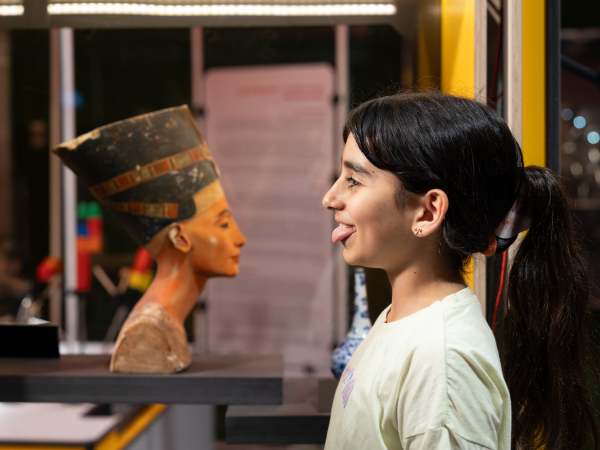About the Exhibition
Born near the village of Vinci, in Tuscany, Leonardo Di Ser Piero da Vinci’s (1452-1519) achievements as an artist, engineer and polymath were recognized in his own lifetime. In the 500+ years since his death, da Vinci has become a cultural icon, the embodiment of the broad-minded and forward-thinking Renaissance Man.
Yet, while his art has influenced the work of artists for generations, a sober assessment proves that da Vinci’s engineering feats did not lead to technological revolutions, nor did his “inventions”, inspired by his far-reaching visionary ideas, ever materialized. Moreover, his scientific discoveries, albeit ahead of their time, were not published for centuries and contributed little to the advancement of human knowledge.
Of his notebooks – where he recorded his notes, drawings of his studies, ideas and inventions – about 7,000 pages survived. They reveal a man of infinite curiosity who, wherever he went, whether in Vinci or Florence, Milan, Rome or France, through the countryside or in the city, in the laboratory or in the studio, continued to ask questions about every possible topic.
His wide-ranging, in-depth look at the world around him, coupled with the breadth of his knowledge, enabled him to find connections between different fields. His patience and technical skills allowed him to expose the internal workings of natural and mechanical structures and processes. He recorded his observations and insights, using his superb draftsmanship to process his thoughts and present his conclusions.
At the heart of the exhibition is da Vinci’s all-encompassing curiosity. His way of thinking, even from a young age, was unwaveringly guided by these principles: ask – observe – make a note.
“Leonardo’s Questions” features over 40 exhibits, many of them interactive. The exhibition encompasses a wide array of fields of study including anatomy, botany, geology, aviation, mechanics, optics and graphic representation, including some of da Vinci’s iconic drawings and exhibits inspired by them.













